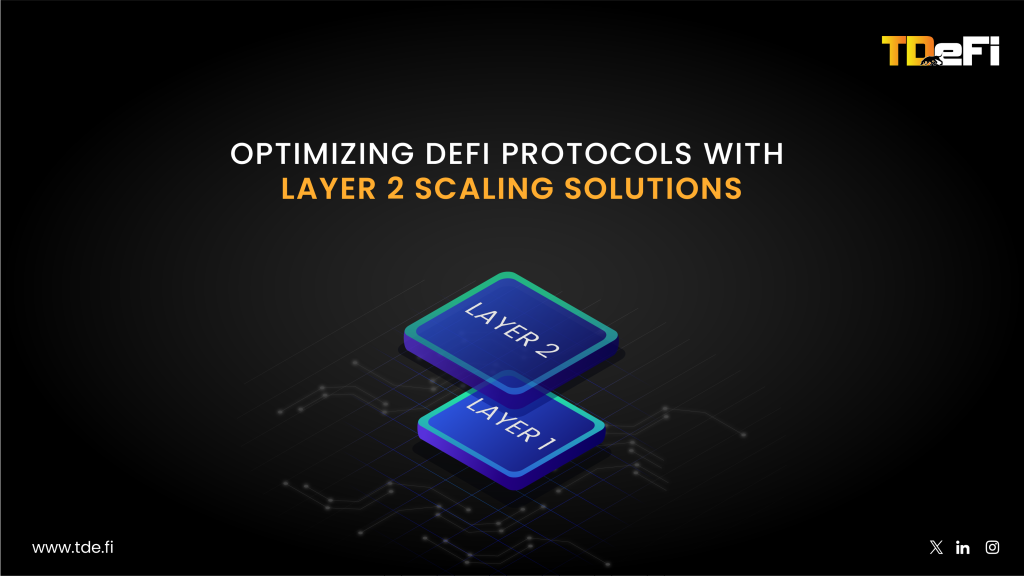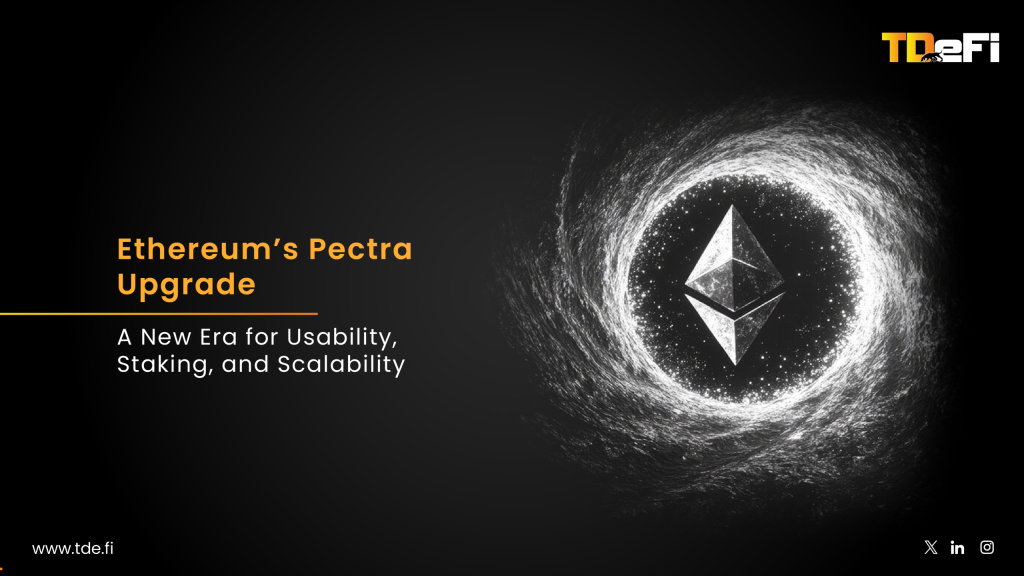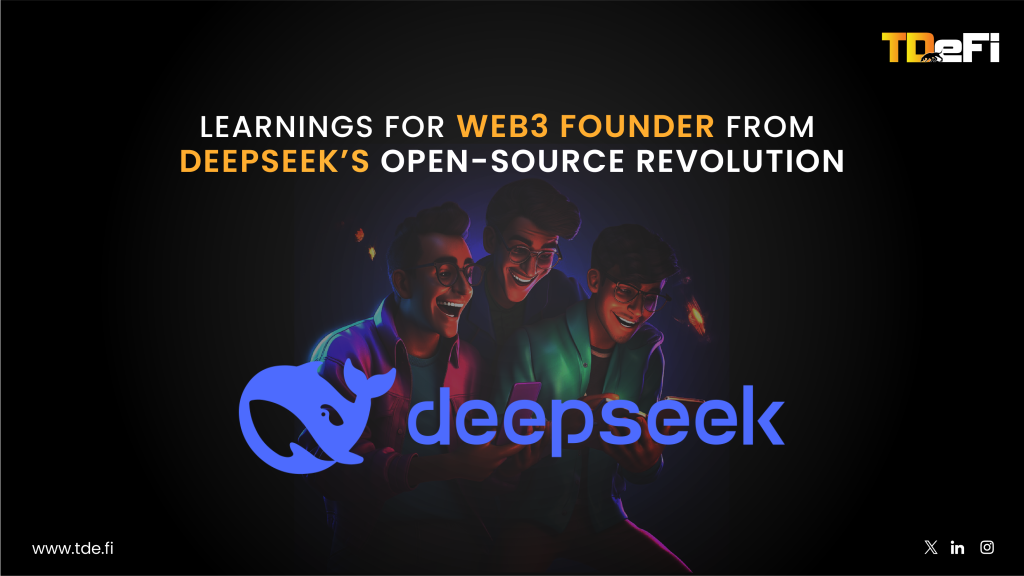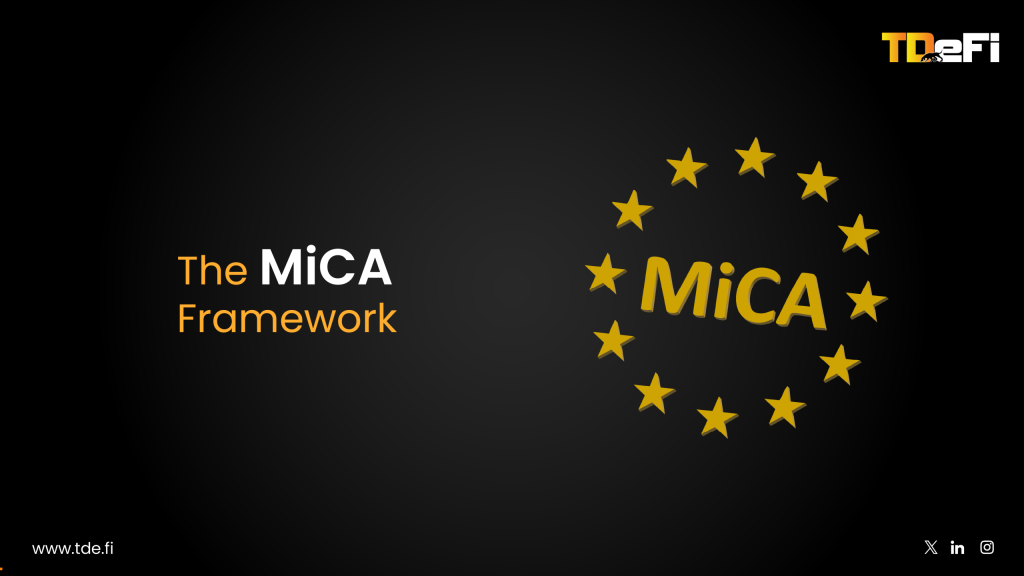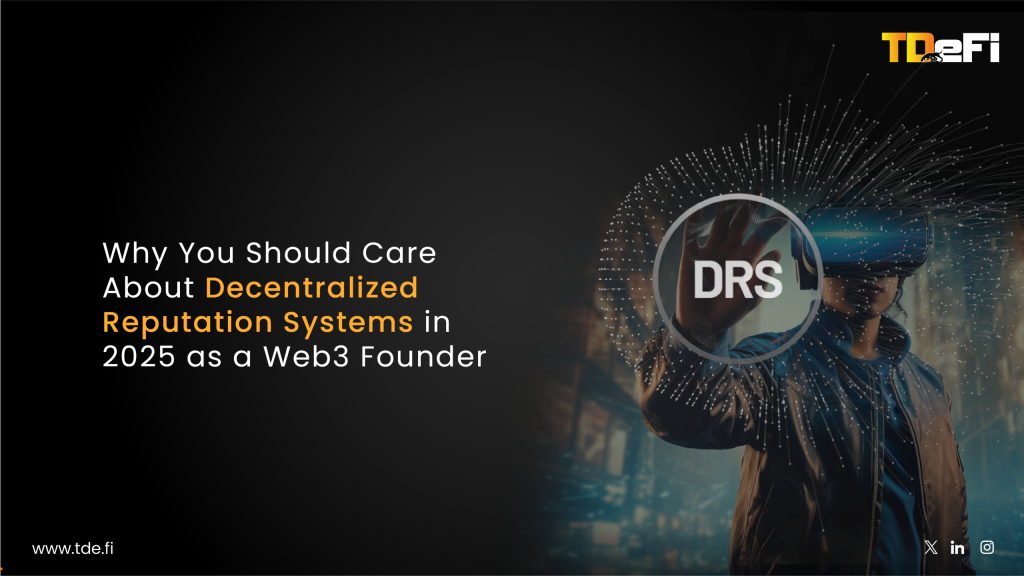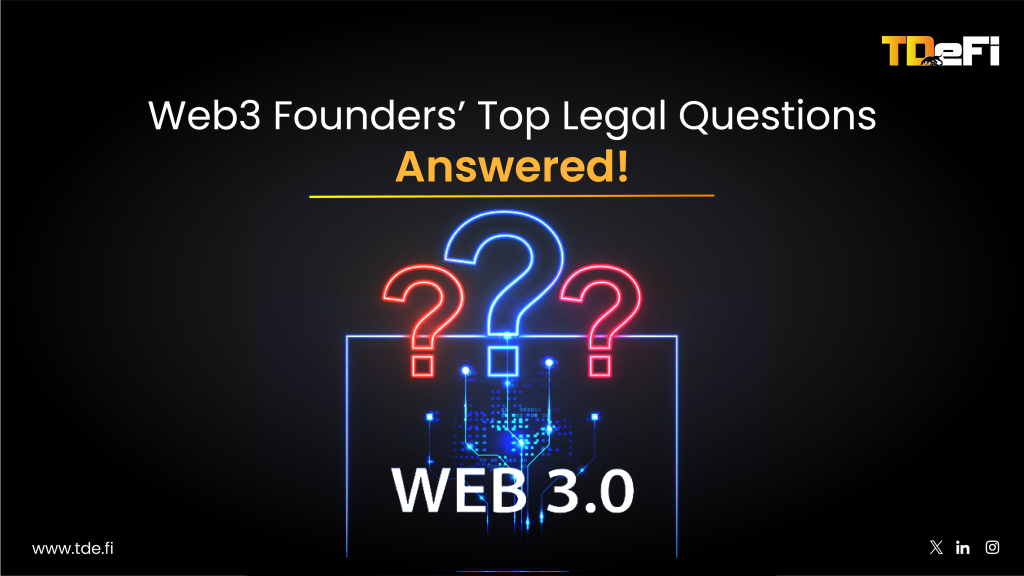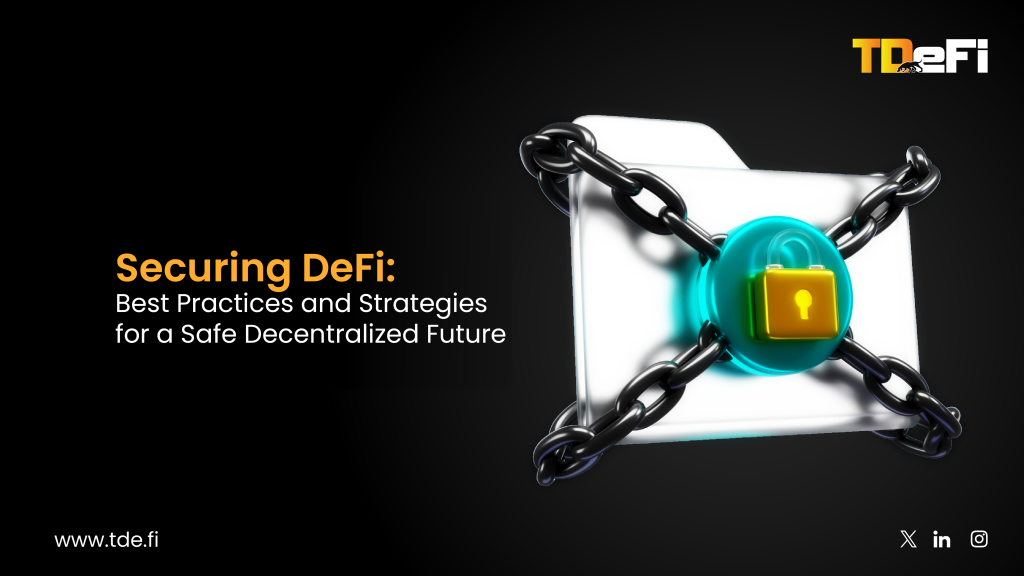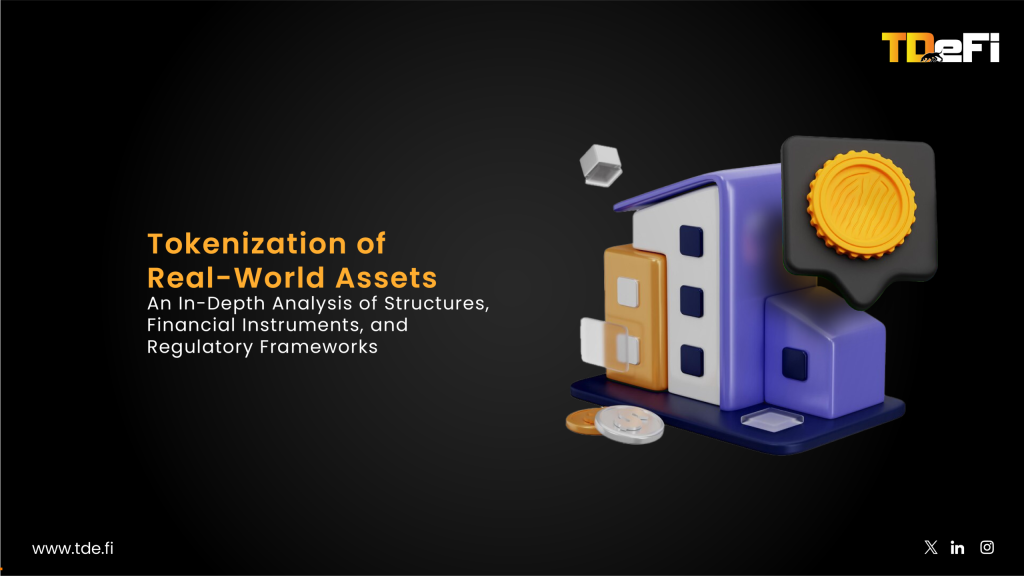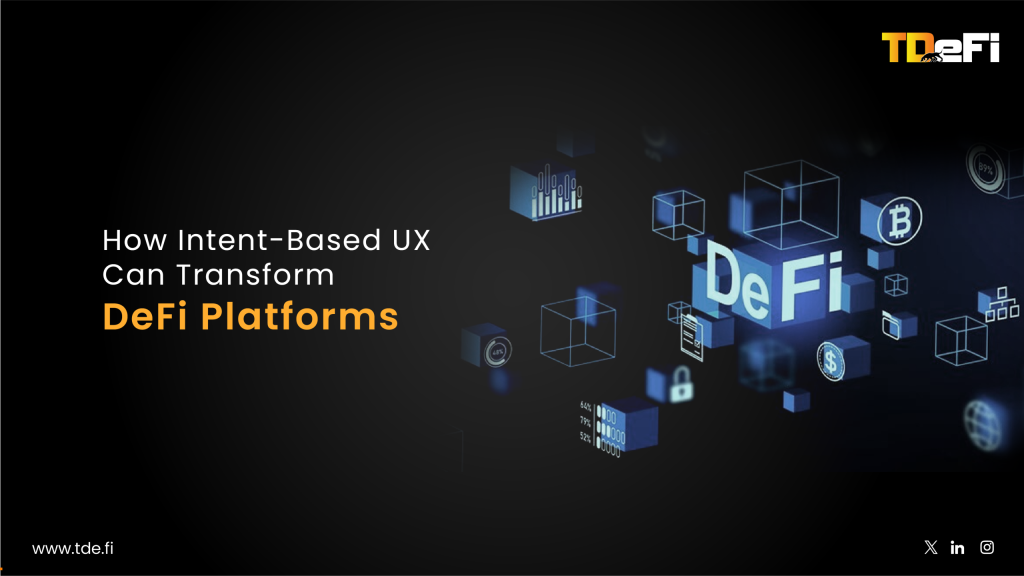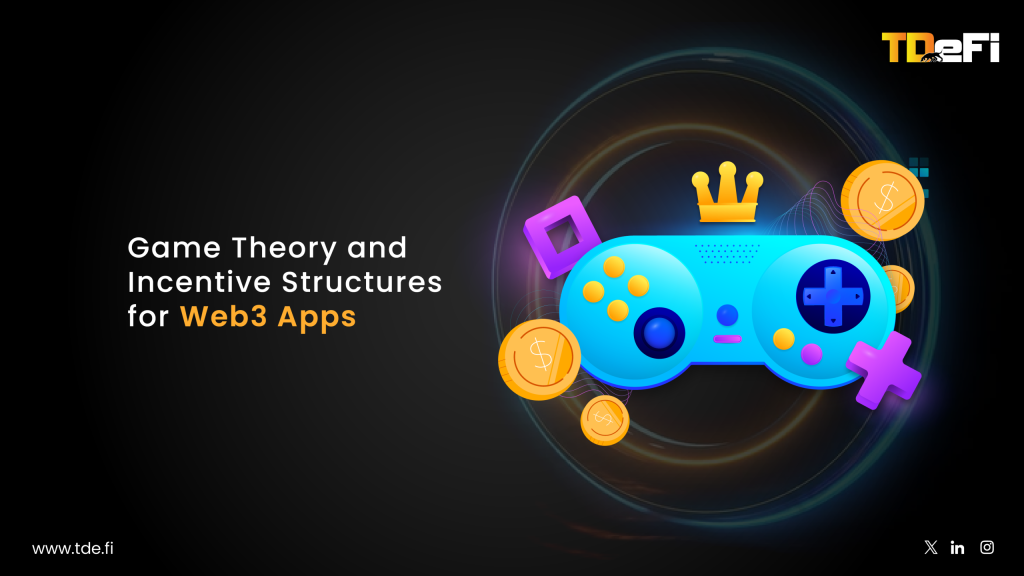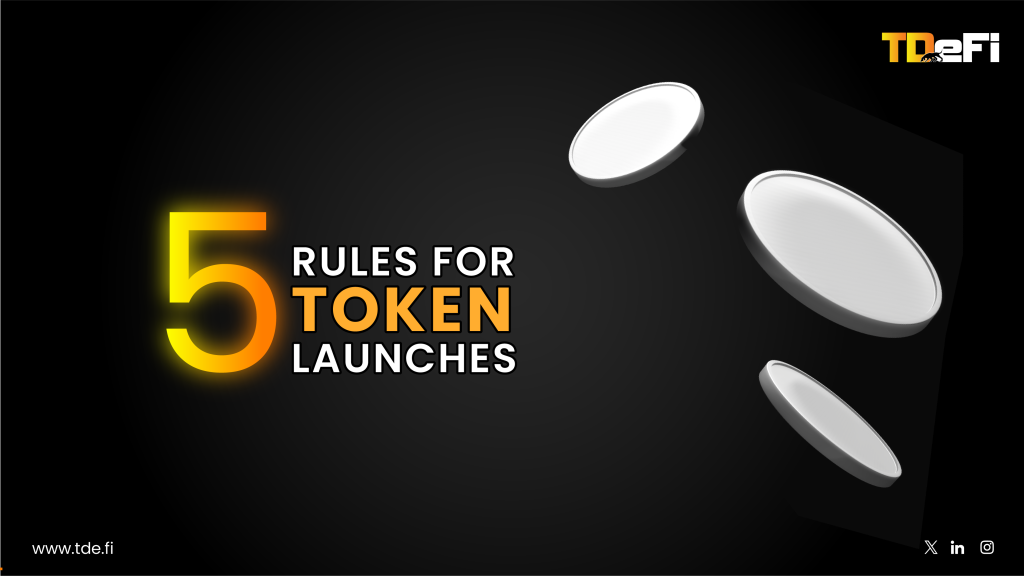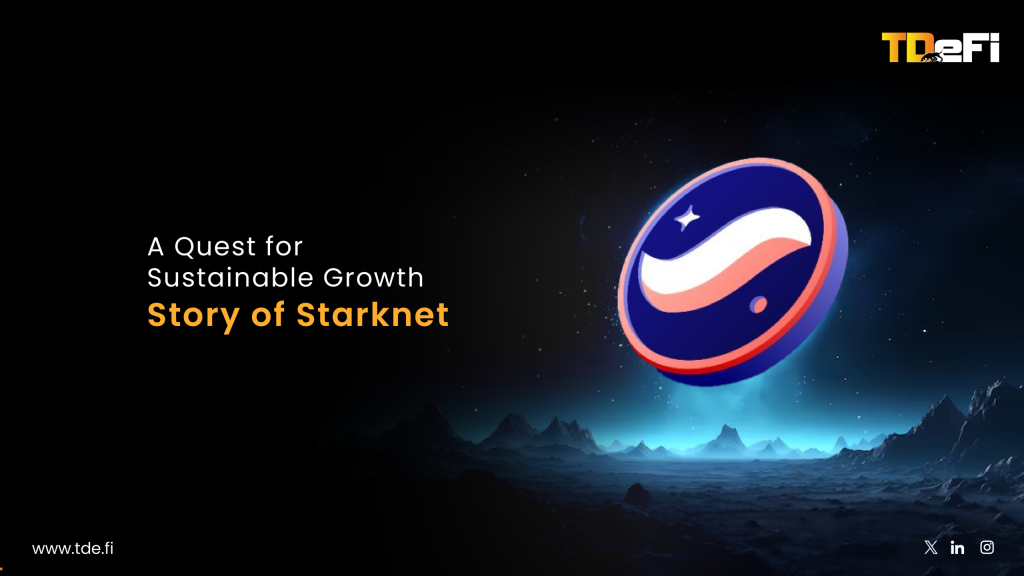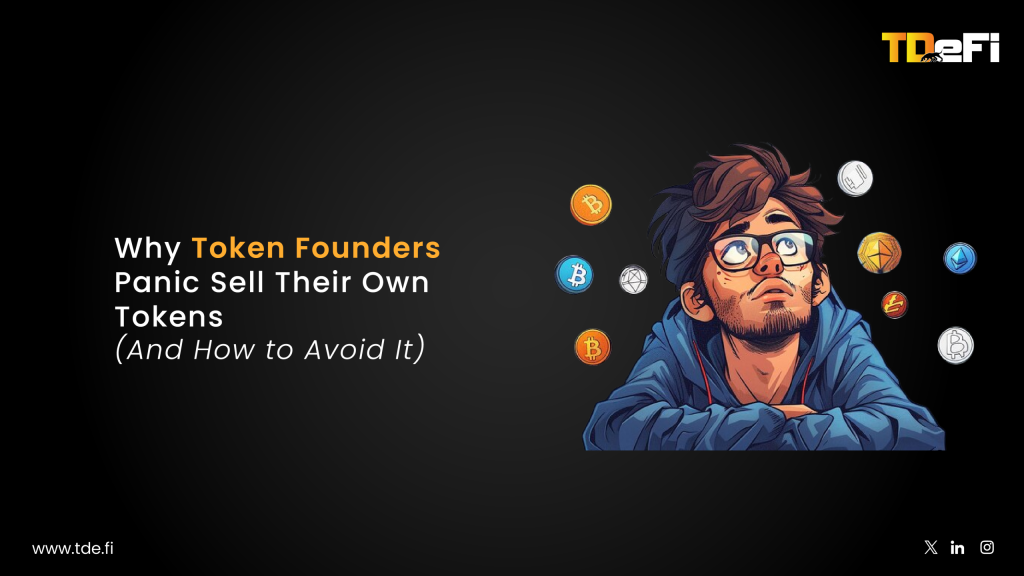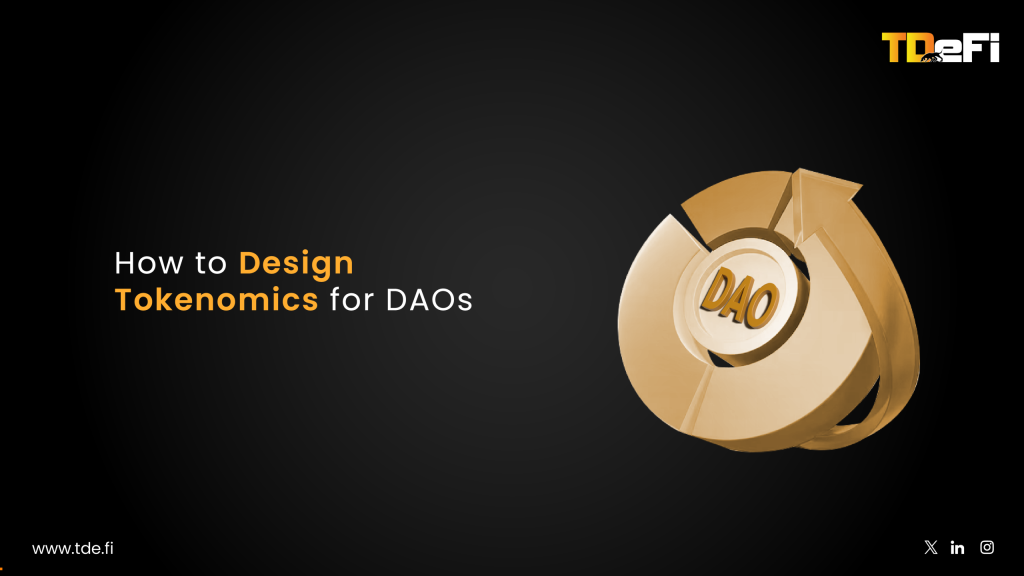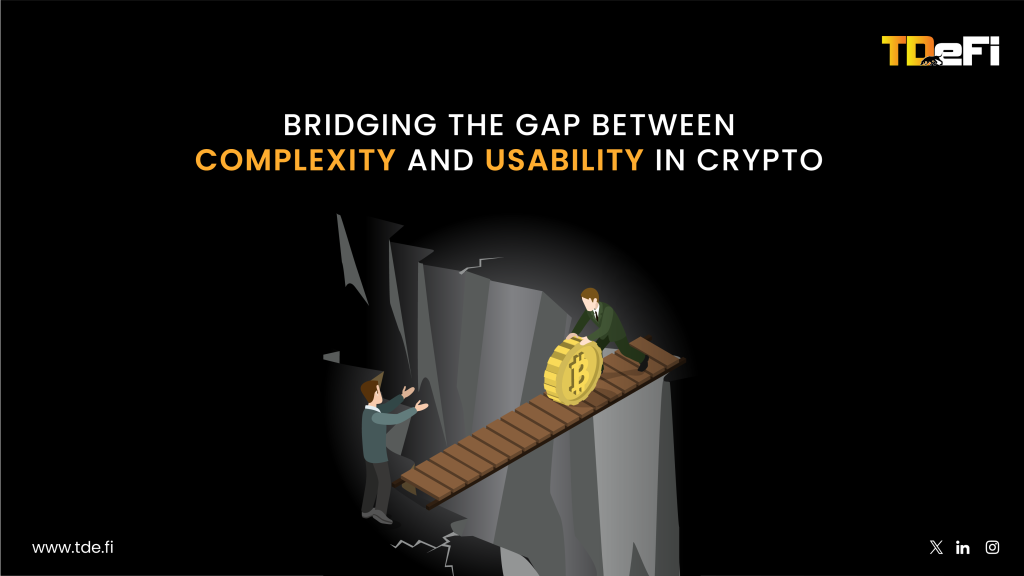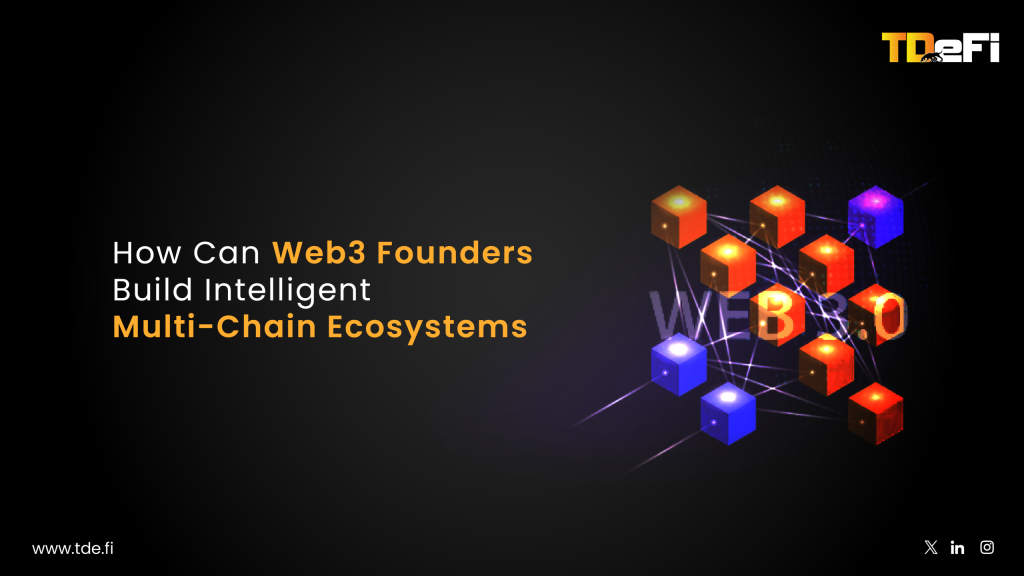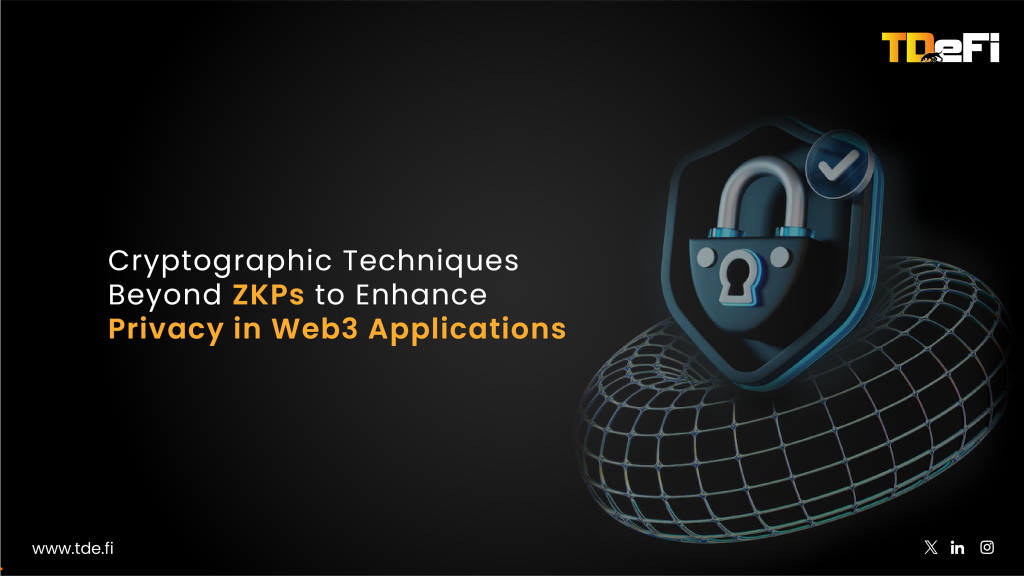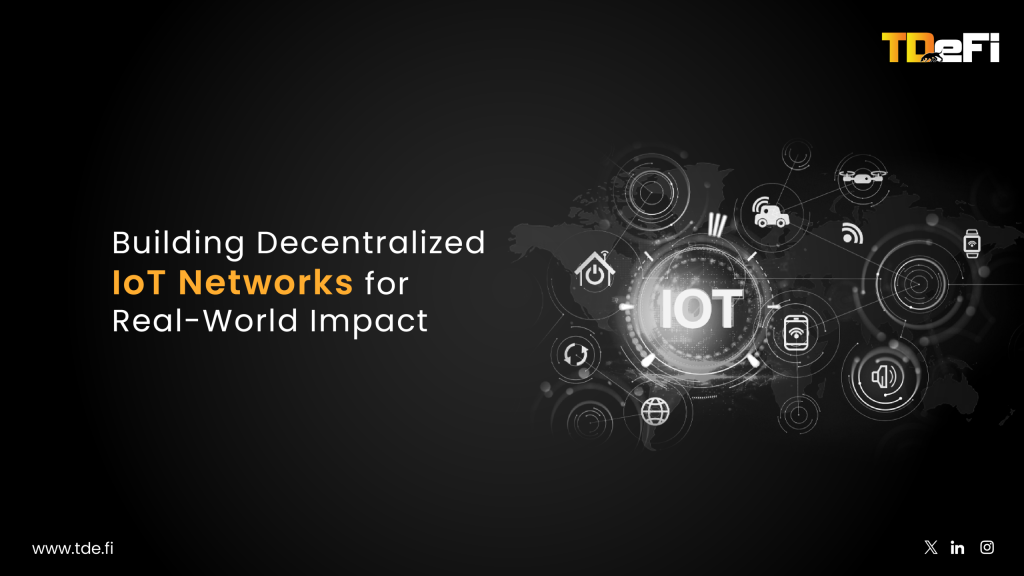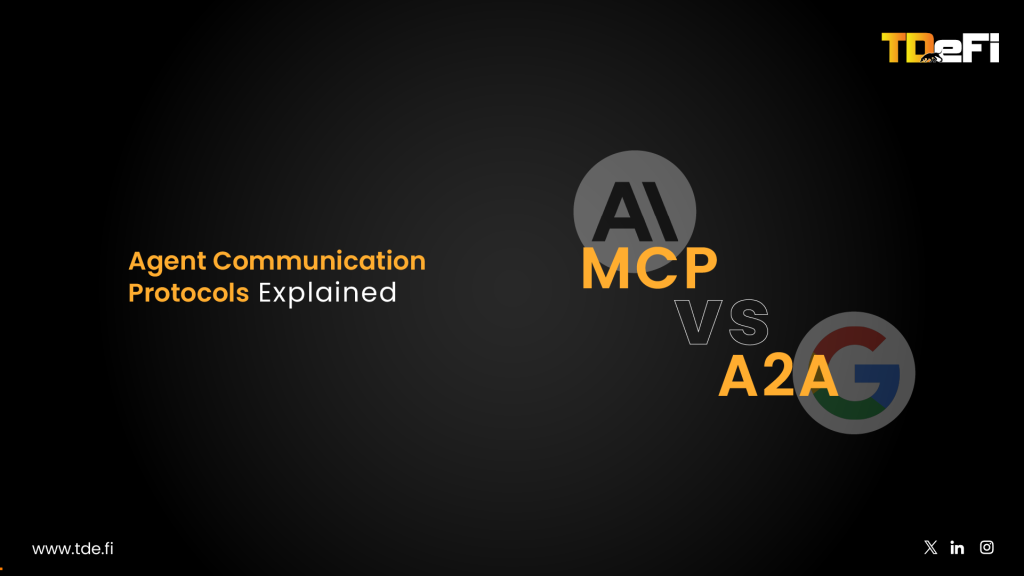TL;DR
Web3 wallets have evolved beyond asset storage to become gateways to decentralized ecosystems. In 2025, wallet security and user experience (UX) directly determine project success: poor design leads to >50% user drop-offs during onboarding, while security breaches irreparably damage trust. Founders must adopt innovations like MPC wallets, account abstraction, AI-driven security, and cross-chain compatibility to balance safety and usability. This blog breaks down the technical shifts defining 2025’s Web3 wallet space, backed by verified data and actionable insights for founders and builders.
Intro
In Web3, your wallet is your user’s first interaction with your ecosystem.
For founders, wallets serve as the frontlines of adoption. Beyond just a means to store tokens, they shape how users interact with your DeFi protocol, stake in your ecosystem, vote in your DAO, and trade your NFTs, etc.
Yet, the wallet paradox still exists:
- Too much security breeds complexity — deterring non-technical users.
- Too much simplicity compromises decentralization — alienating crypto-natives.
As a result, Web3 projects struggle with onboarding bottlenecks and user churn.
2025 is the year founders must perfect wallet design as a business strategy. It’s no longer about choosing between security or UX, but about merging both to build frictionless products that don’t just protect users but drive growth and liquidity.
Let’s break down the future of wallet security and UX, and how founders can leverage these innovations to scale their Web3 startups.
Why Wallet Security and UX Are Critical for Web3 Growth
Your wallet UX dictates your growth curve.
A poorly designed wallet experience can kill your project’s momentum faster than any bear market. Consider this:
- More than 50% of users drop off during wallet setup due to seed phrases and complex onboarding flows.
- Gas fees and network switching often confuse new users, derailing DeFi transactions.
- Weak security measures damage trust — one exploit can drain liquidity and permanently stain your project’s reputation.
For Web3 founders, wallets directly impact:
- Liquidity Growth: A complex wallet UI slows down asset movement — making staking, swapping, and bridging a frustrating process. The smoother the transaction flow, the higher your TVL and liquidity growth.
- Retention and Engagement: If a user struggles to complete basic actions — like confirming a transaction or switching networks — they’ll abandon your platform. Clean UX keeps users engaged and reduces churn.
- Community Trust: Security breaches don’t just drain wallets — they drain reputations. A single exploit can cause mass panic and liquidity withdrawal, damaging your project’s long-term viability.
Emerging Trends in Web3 Wallet Security in 2025
Security is no longer a trade-off for simplicity. Let’s explore the advanced solutions reshaping wallet security in 2025.
1. Smart Contract Wallets
Smart contract wallets are changing how wallets operate by embedding programmable rules directly into the blockchain. Unlike traditional wallets that rely solely on private keys, these wallets use smart contracts to automate security processes.
What founders need to know:
- Multi-Signature Security: Require multiple approvals for high-value transactions, reducing the risk of single-point failures.
- Time-Locked Withdrawals: Implement delays on suspicious withdrawals, giving users time to cancel malicious activities.
- Account Abstraction (EIP-4337): Automate gas fees, streamline approvals, and customize transaction rules — creating wallets that feel as smooth as Web2 apps.
Business impact: By minimizing human error and adding programmable security layers, smart contract wallets protect user funds and prevent liquidity-draining hacks.
Example: Safe (formerly Gnosis Safe) allows DeFi teams to set multi-sig rules, so no single admin can drain the protocol’s treasury.
2. MPC Wallets (Multi-Party Computation)
Multi-Party Computation (MPC) wallets split private keys into multiple encrypted shards distributed across different devices or entities. This means no single party ever holds the full key.
Why it matters for founders:
- No More Seed Phrases: Reduces friction during onboarding since users don’t have to remember 24-word phrases — a major drop-off point for new users.
- Increased Security: An attacker would need to simultaneously compromise all key shares, making hacks exponentially harder.
Business impact: Lower onboarding friction boosts conversion rates, while better security builds user confidence — increasing liquidity retention.
Example: ZenGo uses MPC to provide secure, seedless wallets — ensuring users never lose access to their funds due to misplaced keys.
3. AI-Powered Security
AI is no longer a futuristic concept — it’s transforming wallet security today:
- Behavioral biometrics — Using AI to track typing patterns, location history, and transaction behavior to detect anomalies in real-time.
- Predictive fraud detection — Flagging suspicious wallet activity before a hack happens, based on AI-powered data models.
For founders, AI-powered security adds a proactive layer of defense—especially for wallets tied to DeFi protocols with large liquidity pools. Protecting your project’s liquidity pools and ensuring user funds remain secure builds trust — and trust drives TVL (Total Value Locked).
4. Decentralized Identity (DID)
Decentralized Identity (DID) solutions are turning wallets into portable identity systems:
- Passwordless logins — Users authenticate with blockchain-based IDs, reducing friction.
- KYC-free access — Users verify identity without centralized databases, streamlining onboarding for DeFi apps.
Integrating DID solutions can streamline onboarding and improve user trust—critical for any project targeting mass adoption.
5. Biometric Authentication
Fingerprint scans, facial recognition, and voice commands are making wallets safer without adding friction.
Why founders should care: Biometrics offer a familiar, user-friendly layer of protection—merging Web2 ease with Web3 security.
Transforming User Experience in Web3 Wallets
Security may protect assets, but UX decides whether users stick around. Let’s explore how wallets are becoming more intuitive in 2025:
1. Seedless Wallets
Traditional seed phrases are being phased out. New models use encrypted cloud backups, social recovery, or MPC mechanisms.
Why it matters: No more lost seed phrases. Users can recover wallets using trusted contacts or cloud solutions—without relying on centralized services.
Example: Argent allows social recovery by letting users assign “guardians” (friends, devices, or institutions) to approve wallet recovery.
2. Gasless Transactions
Gas fees are a major UX pain point. Wallets are adopting meta-transactions where:
- Projects sponsor user gas fees.
- Fees are auto-converted from the user’s preferred token.
This makes DeFi protocols and NFT platforms smoother to use—no more “insufficient gas” errors killing the experience.
3. Account Abstraction (EIP-4337)
Account abstraction lets wallets behave like smart contracts, allowing:
- Pre-authorized transactions (e.g., auto-approving routine actions).
- Custom security rules (like multi-factor authentication per transaction).
For founders, this means fewer pop-ups asking users to confirm every little action—streamlining their experience.
4. Cross-Chain Compatibility
Users want one wallet for all chains. Cross-chain wallets now offer:
- Seamless asset swaps between blockchains.
- Real-time portfolio views across networks like Ethereum, Solana, and Cosmos.
Example: Rabby Wallet auto-detects chains and lets users sign transactions without switching networks manually.
5. Progressive Disclosure Design
Wallet interfaces are simplifying through progressive disclosure:
- Beginner mode: Shows only essential actions (send, receive, buy).
- Advanced mode: Unlocks DeFi integrations, staking, and DAO governance for power users.
This approach reduces cognitive overload and caters to both newbies and veterans.
Closing Thoughts
In Web3, wallets dictate how users onboard, interact, and stay engaged with your platform. They’re the first touchpoint of your ecosystem and a direct reflection of your project’s security, usability, and innovation.
The future of Web3 hinges on wallets that strike the perfect balance between robust security and seamless user experience. For founders, this isn’t just a technical challenge, but a strategic imperative. Clunky wallet experiences don’t just frustrate users — they drain liquidity, weaken community trust, and stall adoption. Conversely, secure, intuitive wallets don’t just protect funds — they drive transaction volume, increase TVL, and build ecosystems where users feel both confident and in control.
At TDeFi, we work with Web3 founders to build solutions that go beyond basic functionality. Whether you’re launching a DeFi protocol, a cross-chain bridge, or an NFT marketplace, we provide end-to-end support — from tokenomics design to AI-powered security integration — helping you create wallets that protect assets, simplify user flows, and fuel sustainable growth.
Building the next generation of Web3 wallets? Let’s make it happen.





